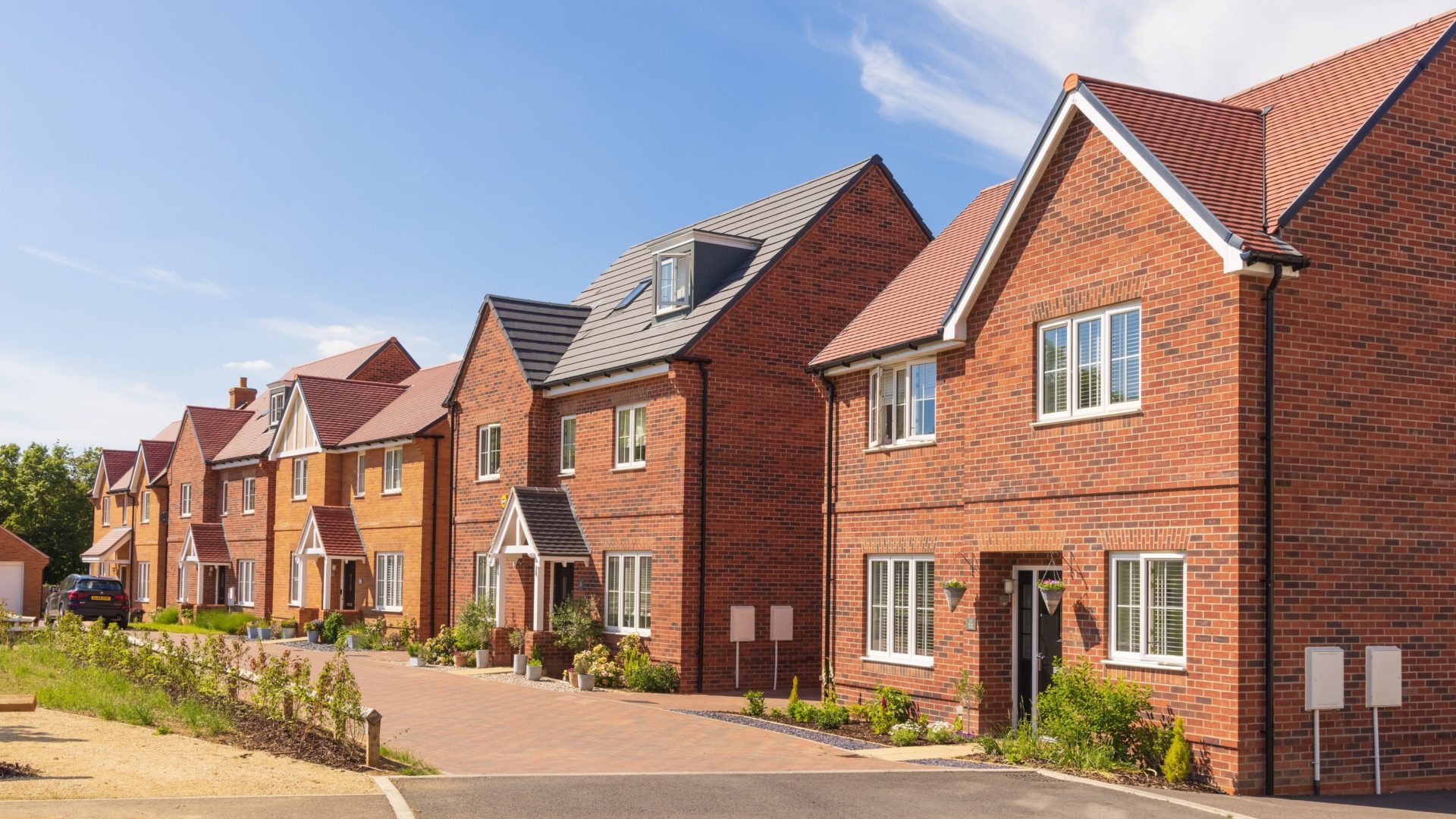The government has pledged to start building three new towns before the next general election.
The government has accepted the recommendation and is looking at Tempsford in Bedfordshire, Leeds South Bank and Crews Hill in north London as the most promising sites to start building. The new towns are expected to have at least 10,000 homes each.
Many in the industry have welcomed the plans, but have also raised questions about their feasibility if construction’s skills and capacity challenges are not properly addressed.
Here is a round-up from leading voices across the built environment.
Eddie Tuttle, director of policy, research and public affairs at the Chartered Institute of Building (CIOB)
“We welcome the progress the government is making on its ambitions for new towns to help ease the ongoing housing crisis. These long-term housing projects will provide a strong future pipeline of work for the construction sector, whilst also creating a long-term future for much-needed new homes and infrastructure.
“However, the success of these projects will depend on boosting the industry’s capacity, ensuring long-term quality, and providing essential infrastructure. With the industry already under pressure, the government must focus on increasing the availability of skilled workers, improving supply chains and avoiding a race-to-the-bottom approach to procurement.
“We believe consistent policy and early coordination on things like transport, utilities, broadband connectivity and energy grid capacity will be vital to ensure these new towns are of high-quality, sustainable and built to last.
“While we recognise that such large-scale projects may face local opposition, the economic and social need for new housing must remain the guiding priority.”
Dr David Crosthwaite, chief economist at BCIS
“The government might be ‘determined to begin building at least three new towns in this Parliament’, but that statement seems unrealistic given the way new housing is delivered and the state of the public finances.
“The timing of this announcement appears to be more about having something positive to say at the Labour party conference rather than anything particularly substantive.
“The proposals suggest that each new town should have at least 10,000 homes with an ambition for a minimum of 40% affordable housing, of which half will be for social rent. The big question is: who is going to build these new homes and associated infrastructure?
“Unlike previous new town construction, there are no longer state-run direct labour organisations (DLOs) to deliver projects. New housing is delivered by private sector property developers who are profit maximisers and carefully control supply.”
Nancy MacDonald, regional business lead for infrastructure UK and Ireland at Stantec
“Perhaps the most striking feature of these sites is how varied they are. While some good common design principles apply everywhere, it is obvious that this new generation of towns cannot be a copy-and-paste across the country.
“Creating a community needs a bespoke, future-thinking approach to the site at hand and should consider a wide range of specific but evolving requirements. Delivering 10,000 new homes around Plymouth city centre quite clearly requires a different method to a garden settlement approach at Worcestershire Parkway, for instance.
“Our teams have been involved in shaping a number of these sites and we’ve also undertaken research into the public’s attitude around the new towns agenda. One theme which keeps coming up is connection. Connection to green space, to amenities, to public transport links, to healthcare facilities, to job opportunities – and to a genuine sense of community. In basic terms, people want these new settlements to feel like home.”
Steve Perkins, UK sector lead for masterplanning and planning at Turner & Townsend
“The announcement from the New Towns Taskforce marks a big step forward for the government’s mission for growth. Delivering this at scale – including the physical and social infrastructure which underpins successful new towns – requires collaboration. This relies on the industry working in tandem with local authorities and communities to balance local needs with regional and national economic drivers in the long run.
“It also requires pragmatism. Capacity is already stretched as the government forges ahead with the infrastructure pipeline and its plans to turbocharge industrial output.
“This means taking a holistic and programmatic approach to building new towns – ensuring projects aren’t managed in isolation, and that developers, contractors and the wider supply chain are well equipped and prepared to handle increased demand, including investing in a workforce with new, diverse and versatile skills.”
View the original article and our Inspiration here


Leave a Reply